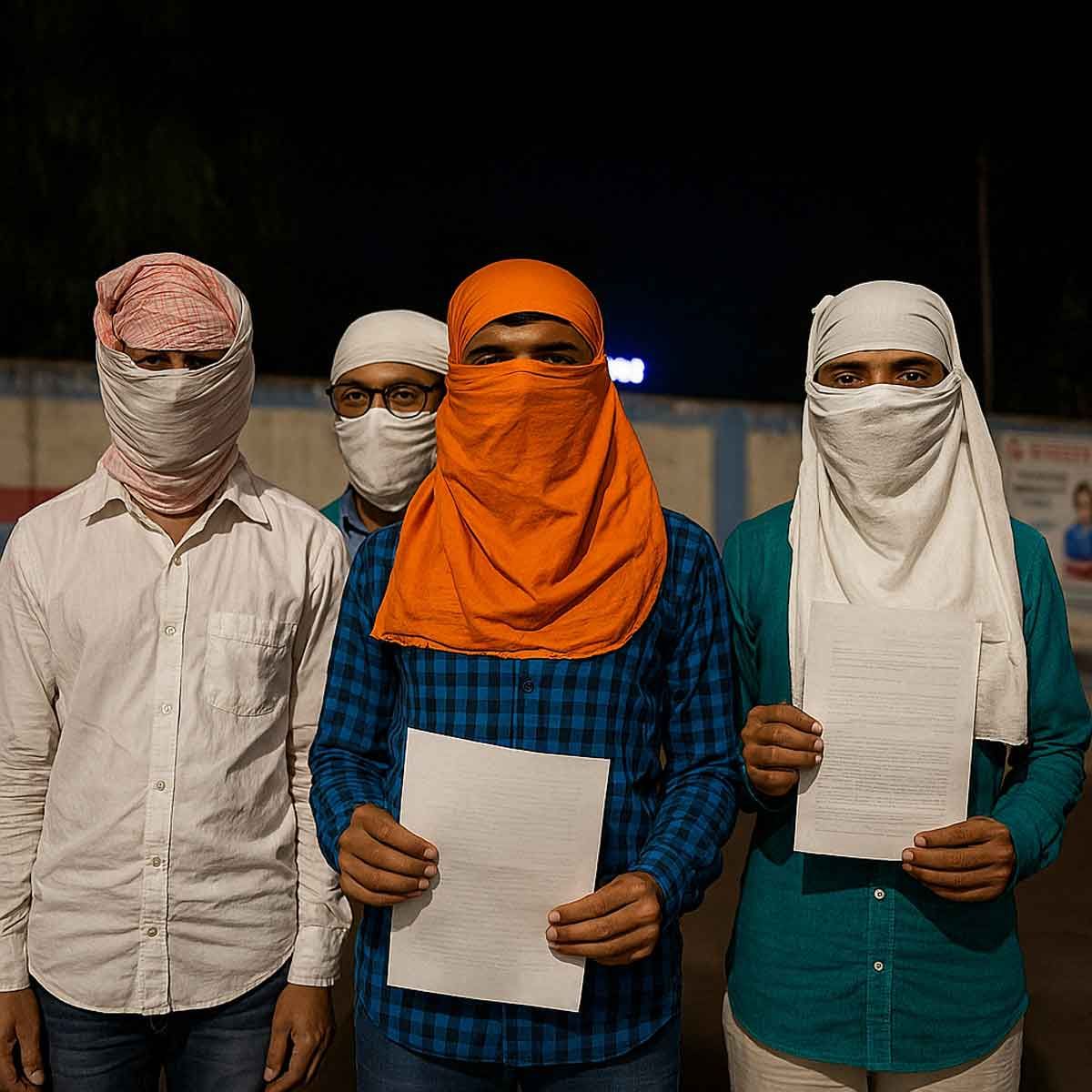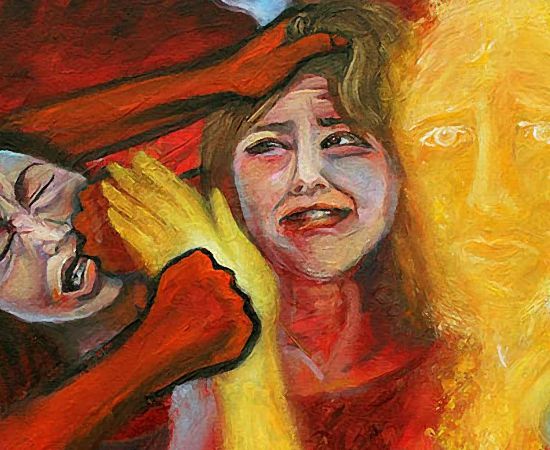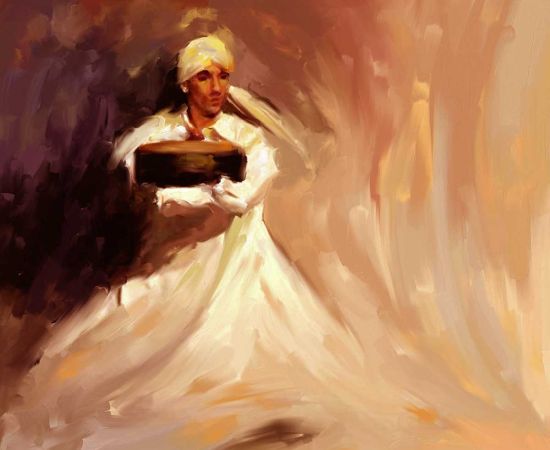More Coverage
Twitter Coverage
Satyaagrah
Written on
Satyaagrah
Written on
Satyaagrah
Written on
Satyaagrah
Written on
Satyaagrah
Written on
JOIN SATYAAGRAH SOCIAL MEDIA
"यत्र तत्र": Discovered in Maharashtra, a stunning 11th-century Vishnu murti, intricately carved from chlorite schist and depicting the legendary Samudramanthana, ignites local pride and historical debates as Sindkhed Raja and ASI dispute its final home

In an exciting turn of events, the ongoing restoration efforts at the mausoleum of the notable Raje Lakhujirao Jadhav in Buldhana district have led to a significant archaeological find. On June 20, a team from the Archaeological Survey of India (ASI), operating under the Nagpur circle, made a groundbreaking discovery during an excavation near this historical site.
|
The find, an exquisitely detailed sculpture of ‘Sheshshayi Vishnu’, is believed to date back to the 11th century. This discovery took place at Sindkhed Raja town, situated within Maharashtra’s Buldhana district, adding a layer of profound cultural and historical significance to the already important site of Lakhuji Jadhavrao’s Chhatri.
The excavation is part of a broader conservation initiative at Lakhuji Jadhavrao’s Chhatri, aimed at preserving the legacy and architecture of this historic location. The ASI team, led by the esteemed Superintendent Archaeologist Arun Malik, encountered the sculpture at a depth of approximately 2.25 meters beneath the surface.
Describing the sequence of events, Arun Malik shared that the initial clue to this remarkable find was the sighting of some unusual stone alignments. Intrigued by this, the team intensified their efforts, which culminated in the unearthing of the base of what appeared to be an ancient temple. This discovery not only highlights the rich cultural heritage embedded in the region but also showcases the meticulous and dedicated efforts of the ASI team in bringing to light the treasures of India's past.
“Upon exposing the sabha mandap (assembly hall), we decided to investigate the mandir’s depth,” Malik told media. “This led us to uncover a sculpture of goddess Laxmi. As we continued our excavation, we were astounded to find a magnificent Sheshshayi Vishnu sculpture in its entirety.”
In an ongoing excavation that continues to illuminate the depths of India's rich cultural heritage, a significant discovery was made by the Archaeological Survey of India's team at Sindkhed Raja. Led by Superintendent Archaeologist Arun Malik, the team's findings at the site have captivated the interest of historians and archaeologists alike.
|
Following the initial exposure of what appeared to be the sabha mandap, or assembly hall, Malik and his team delved deeper into the ancient temple's structure. It was during this deeper exploration that they encountered a remarkable sculpture of Goddess Laxmi. This initial find was soon followed by an even more astonishing discovery: a full and intricately carved Sheshshayi Vishnu sculpture.
This particular sculpture, measuring an impressive 1.70 meters in length and 1 meter in height, features the deity Vishnu reclining on Shesha Naga, the serpent, with Goddess Laxmi seated at his feet, engaged in the delicate act of massaging them. The sculpture is carved from chlorite schist rock, a material prominently used in the renowned art of the South Indian Hoysala era. According to Malik, while the sculpture's base is not yet fully exposed, it is estimated to measure around 30 centimeters in width.
Malik, explaining the significance of the discovery, said, “This piece is exceptional due to its detailed carvings and the material used.” He elaborated on the craftsmanship visible in the panel, which includes depictions of Dashavatara, the ten avatars of Vishnu, and the Samudramanthana, the mythical churning of the ocean. The panel also features jewels such as Ashwa, the divine horse, and Airavat, the elephant, intricately carved into the stone, enhancing its historical and artistic value.
The discovery of the Sheshshayi Vishnu sculpture in Maharashtra has stirred excitement not only due to its intricate artistry but also because of its profound historical and cultural resonance. Iconography expert Saili Palande-Datar pointed out a unique aspect of the sculpture's material, which sets it apart from other artifacts found in the region. "This schist stone is softer compared to the locally found basalt rock. Previous sculptures found in Marathwada were typically made from basalt. The donor couple, prominently carved between Sheshnaag and Samudramanthana, adds a distinctive touch to this panel," she explained.
Palande-Datar also underscored the potential long-term significance of this find for the cultural heritage of Maharashtra. "When an art museum is eventually established in Maharashtra, this sculpture will undoubtedly be one of its masterpieces due to its intricate detail and unique material composition."
The Archaeological Survey of India's team embarked on this significant discovery during their focused excavation beneath the sabha mandap of the temple structure at Lakhuji Jadhavrao’s Chhatri. The initial find in this area through conservation efforts revealed an alignment of stones that hinted at the potential for further significant discoveries beneath. This led to the uncovering of a Goddess Laxmi sculpture, which was soon followed by the even more impressive and detailed Sheshshayi Vishnu sculpture.
Further analysis of the Sheshshayi Vishnu sculpture has provided remarkable insights into the depth of artistic expression and cultural narratives captured in the ancient artifact. The detailed panel of the sculpture richly illustrates scenes from Sanatana Dharma, particularly highlighting the Samudramanthana, a pivotal episode in Hindu mythology that describes the churning of the ocean to retrieve Amrita, the nectar of immortality. The central depiction of Bhagwan Vishnu reclining on the Shesha Naga, with Goddess Laxmi attentively by his side, serves as a powerful symbol of protection and prosperity.
This depiction not only enriches our understanding of the mythological narratives prevalent during the period but also illustrates the exquisite craftsmanship involved in its creation. The intricate carvings found on the sculpture reveal a skilled blend of artistic styles that suggest a merging of northern and southern Indian traditions. This fusion is reflected in both the technique and the thematic elements of the artwork, providing valuable insights into the cultural and artistic dialogues of the time.
|
Vishnu Idol Found at Shivaji Kin Mausoleum in Maharashtra, Sparks Row
An exquisite idol depicting Lord Vishnu alongside Lakshmi Devi has ignited a controversy in Maharashtra after its discovery. The artifact, found at the mausoleum of Raje Lakhujirao Jadhav, who was the father of Jijau Masaheb and grandfather of the iconic Chhatrapati Shivaji Maharaj, has now become the center of a heated debate. The Jadhavrao royal family has staked a claim to the artifact, insisting that it should remain in its place of discovery, Sindkhed Raja, which is also a significant site in Vidarbha’s history.
This idol, identified in the distinct Karnataka style, holds considerable historical value and its discovery marks a poignant moment for the region. The Archaeological Survey of India (ASI), which has been overseeing the excavation, has planned additional digs and initially proposed to relocate the idol to Nagpur for preservation. This suggestion, however, has met with strong opposition from both the Jadhavrao family and the local community, who argue that the idol’s place is within the historical and cultural context of Sindkhed Raja.
Shivaji Raje Jadhav, a direct descendant of Lakhuji Jadhavrao, has been vocal about the importance of keeping the idol in town, citing historical ties and previous archaeological finds such as an ancient Shiva linga that underscores the area’s rich heritage. He expressed his family’s deep historical connection to the deity Vishnu, emphasizing the profound significance of the discovery near their ancestor's resting place.
“We, the Yadavas, proudly consider ourselves descendants of Lord Vishnu,” said Raje Jadhav. “Finding this idol depicting Lord Vishnu’s life near Lakhujiraje’s mausoleum feels like a remarkable divine coincidence. This historical treasure belongs to the legacy of the Jadhavrao clan and Sindkhed Raja, and we firmly believe it should remain here,” he passionately added.
Residents of Sindkhed Raja have expressed a deep connection to the newly discovered idol, proposing plans to construct a temple to house it and bolster the town’s appeal as a tourist destination.
The Archaeological Survey of India (ASI) has characterized the idol as an intricate and detailed ‘Sheshshayi Vishnu’ sculpture. Experts analyzing the artifact have noted the use of chlorite schist rock, a material that points to South Indian influences, likely from the Hoysala style. This material choice is particularly significant as it differs from the locally available basalt, commonly used in the region's traditional sculptures.
Measuring 1.7 meters in length and 1 meter in height, the sculpture is a striking depiction of Lord Vishnu reclining on Shesha Naga, with Goddess Lakshmi at his feet, engaging in the symbolic act of massaging them. The scene is rich with iconography, including the Samudramanthana or the churning of the ocean, a mythological event believed to have brought forth divine treasures such as Ashwa, the divine horse, and Airavat, the elephant. Additionally, the sculpture features a meticulously carved panel that illustrates the Dashavatara, the ten avatars of Vishnu, adding layers of depth and meaning to the piece.
Iconography experts have pointed out the uniqueness of this idol, highlighting the softness of the schist stone compared to the harder basalt and the prominent carvings of a donor couple positioned between the Shesha Naga and the Samudramanthana imagery.
The ongoing ownership dispute over this significant historical artifact adds a layer of complexity to its story. As the local community and the ASI deliberate on its final placement, whether it remains in Sindkhed Raja or is moved to Nagpur, the decision will undoubtedly impact the cultural landscape and heritage preservation efforts in the region. The idol’s future location continues to be a topic of considerable debate, reflecting the broader discussions on the stewardship of cultural artifacts in India.
 Support Us
Support Us
Satyagraha was born from the heart of our land, with an undying aim to unveil the true essence of Bharat. It seeks to illuminate the hidden tales of our valiant freedom fighters and the rich chronicles that haven't yet sung their complete melody in the mainstream.
While platforms like NDTV and 'The Wire' effortlessly garner funds under the banner of safeguarding democracy, we at Satyagraha walk a different path. Our strength and resonance come from you. In this journey to weave a stronger Bharat, every little contribution amplifies our voice. Let's come together, contribute as you can, and champion the true spirit of our nation.
 |  |  |
| ICICI Bank of Satyaagrah | Razorpay Bank of Satyaagrah | PayPal Bank of Satyaagrah - For International Payments |
If all above doesn't work, then try the LINK below:
Please share the article on other platforms
DISCLAIMER: The author is solely responsible for the views expressed in this article. The author carries the responsibility for citing and/or licensing of images utilized within the text. The website also frequently uses non-commercial images for representational purposes only in line with the article. We are not responsible for the authenticity of such images. If some images have a copyright issue, we request the person/entity to contact us at This email address is being protected from spambots. You need JavaScript enabled to view it. and we will take the necessary actions to resolve the issue.
Related Articles
- “Forewarned, forearmed; to be prepared is half the victory”: Maharashtra police demolished unauthorized Afzal Khan grave on government land at Pratapgarh fort, a general of the Adil Shahi dynasty of Bijapur, amid heavy security - Hail Chhatrapati Shivaji
- In a significant discovery Hindu temple structure with ornate columns found inside a mosque in Mangaluru, locals suspect the presence of a temple in the past: VHP leaders asked to stop work till documents verified
- "ख़ुदा हाफ़िज़": Javed Sheikh, facing marital issues, attempted to escape after deliberately drowning his wife Mamta (21), and two minor girls, Payal Devidas Kamble (16), and Swati Devidas Kamble (15), in a river in Nanded, arrested under IPC 304 and 34
- Cameron Alborzian, a 90s supermodel who strutted for Versace and starred with Madonna, left fashion to embrace Sanatan Dharma, settling in India to study yoga and Ayurveda, becoming Yogi Cameron, Kerala’s ambassador, and healing lives with ancient wisdom
- Karnatak University Dharwad's groundbreaking find in Uttara Kannada uncovers a massive prehistoric rock art site, dating from 1,800 BC-200 AD, featuring unprecedented engravings, marking a monumental discovery in India's archaeological & cultural history
- "Luck is what happens when preparation meets opportunity": Hear the First Song Recorded on the Yazh, a 2,000 Year-Old Indian Instrument, whose sound “once filled the halls and temples of southern India, Over time, Tamil musical tradition all but vanished"
- History books should teach India’s civilisational, linguistic heritage, not unfounded claims: Parliamentary Committee meets to discuss NCERT books
- "Truth is often stranger than fiction": Imagine finding a Shivling in every mosque's fountain!" Maulana Tauqeer Raza muses, stoking controversy over the Gyanvapi structure. Is it truth or clever wordplay? History meets sarcasm in this religious saga
- "Embark on an enlightening voyage into Sanatana Dharma": Unravel the enigmatic tapestry of Vedic philosophy, unearth hidden truths in spiritual and scientific realms, and discover the mystical convergence of art and knowledge in Hinduism's profound legacy
- 'Older than history, older than tradition, even older than legend...': The millennia-old history of Kashi
- "A city where life and death intertwine in harmony": Green Farewell for the Dead - Varanasi’s Manikarnika and Ghat to soon have eco-friendly cremation chambers harmoniously blending the latest and most advanced technologies with the traditional ethos
- ‘Varsha’ to ‘Matoshree’: Liberals and journalists sink into the 4th stage of depression as the fall of Shiv Sena appears imminent, rebel leaders claim that Uddhav Thackeray was disrespecting ideologies of Supremo Balasaheb Thackeray
- "अल्हम्दुलिल्लाह": Shiv Sena UBT, once Hindutva’s torchbearer under Bal Thackeray, now led by Uddhav, took an oath at Pir Babar Sheikh Dargah after securing only 20 seats, trading ideology for desperation in political acrobatics that left irony speechless
- “True wisdom consists only in the knowledge of Brahman”: Budhanilkantha (Old Blue Throat) Temple, Nepal is a Hindu open air temple dedicated to Mahavishnu, also known as the Narayanan Temple, and can be identified by a large reclining statue of Mahavishnu
- "The Rishis - Spiritual Scientists at the Dawn of Time": Ones who gave us heritage, culture, and way of life, the Sanatana Dharma, for whom time is a continuous river, so they pass from Satya Yuga to other yugas with ease as if floating on cloud of time




























